[caption id=“attachment_3914215” align=“alignnone” width=“940”]  Tracks made by the wheels of the rover, one of the earliest images Curiosity beamed back. Image: NASA. [/caption] [caption id=“attachment_3914217” align=“alignnone” width=“940”] 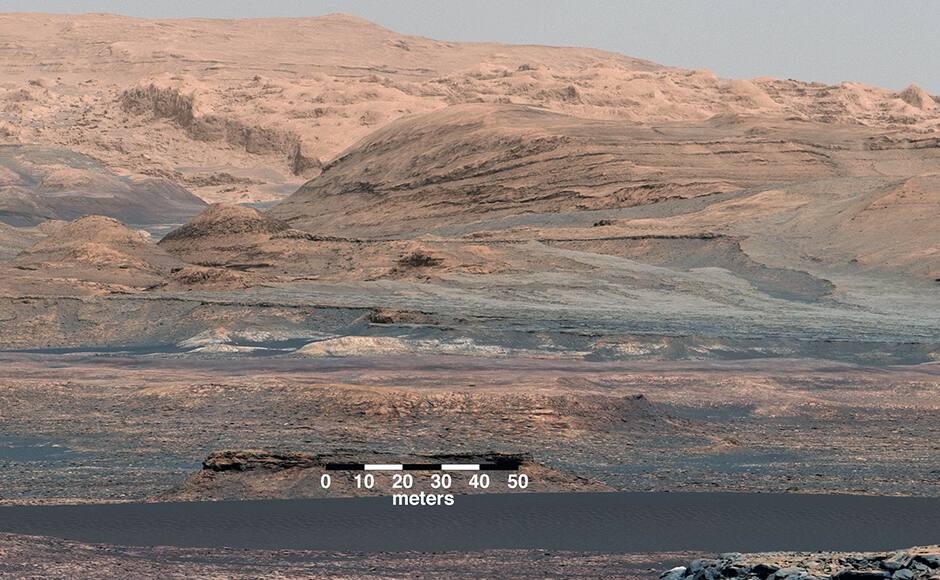 These are features known as the Bagnold Dunes near the edge of Mount Sharp. Image: NASA.[/caption] [caption id=“attachment_3914219” align=“alignnone” width=“940”]  As you are about to find out, Curiosity likes taking selfies as much as any other millenial. This one was snapped near Mount Sharp. Image: NASA.[/caption] [caption id=“attachment_3914221” align=“alignnone” width=“940”] 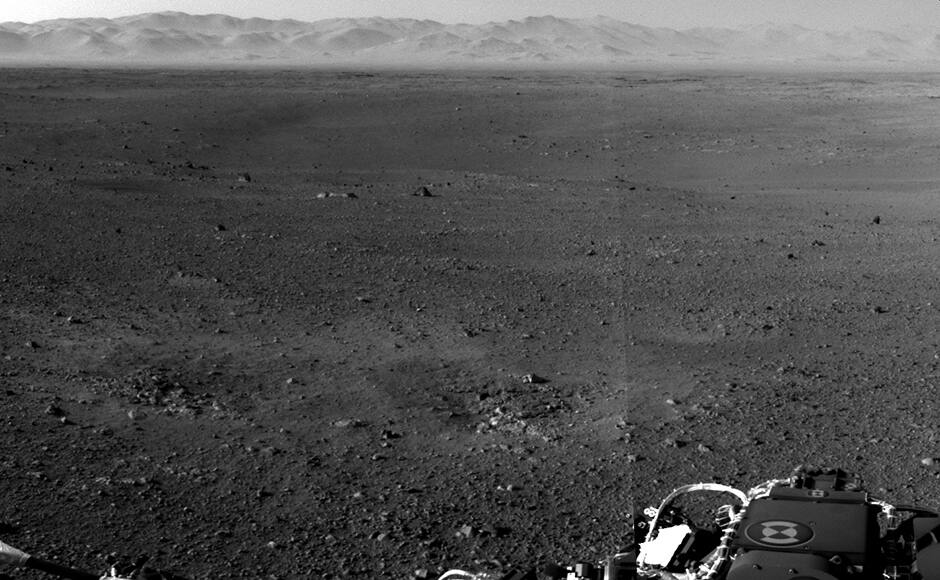 This is the first image beamed back from mars. In the distance, the rim of the Gale crater can be seen. Image: NASA.[/caption] [caption id=“attachment_3914223” align=“alignnone” width=“940”] 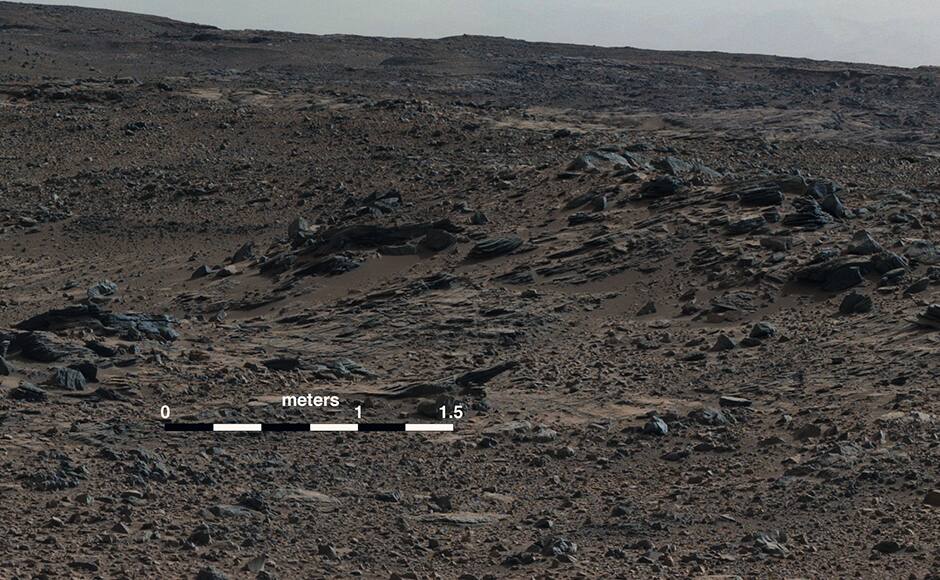 The formations here are of a delta from an ancient river that once flowed into the gale crater. Image: NASA.[/caption] [caption id=“attachment_3914225” align=“alignnone” width=“940”]  These are formations called buttes near Mount Sharp. Image: NASA.[/caption] [caption id=“attachment_3914227” align=“alignnone” width=“940”]  Mount sharp. Image: NASA.[/caption] [caption id=“attachment_3914229” align=“alignnone” width=“940”]  Another view of Mount Sharp. Image: NASA.[/caption] [caption id=“attachment_3914231” align=“alignnone” width=“940”]  These are rock formations on the Murray Buttes. Image: NASA.[/caption] [caption id=“attachment_3914233” align=“alignnone” width=“940”]  More rock formations on the Murray Buttes. Image: NASA.[/caption] [caption id=“attachment_3914235” align=“alignnone” width=“940”]  Another image of the Murray Buttes. Image: NASA.[/caption] [caption id=“attachment_3914237” align=“alignnone” width=“940”] 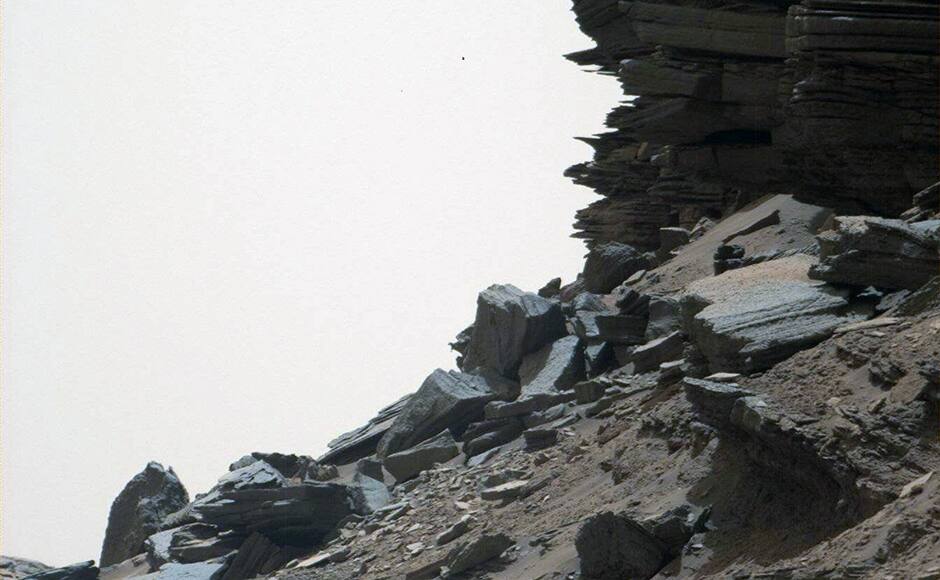 The Murray Buttes is a desolate landscape. Image: NASA.[/caption] [caption id=“attachment_3914239” align=“alignnone” width=“940”] 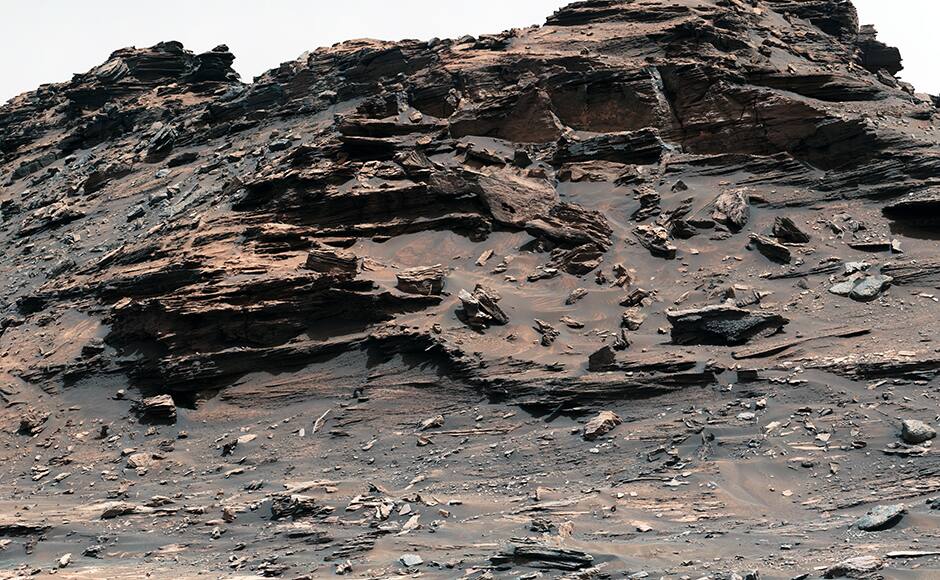 These are eroded rock faces. Image: NASA.[/caption] [caption id=“attachment_3914241” align=“alignnone” width=“940”]  Curiosity found an iron-nickel meteorite on Mars and promptly blasted it with a LASER to study it. Image: NASA.[/caption] [caption id=“attachment_3914243” align=“alignnone” width=“940”]  Striations in the sand. Image: NASA.[/caption] [caption id=“attachment_3914245” align=“alignnone” width=“940”] 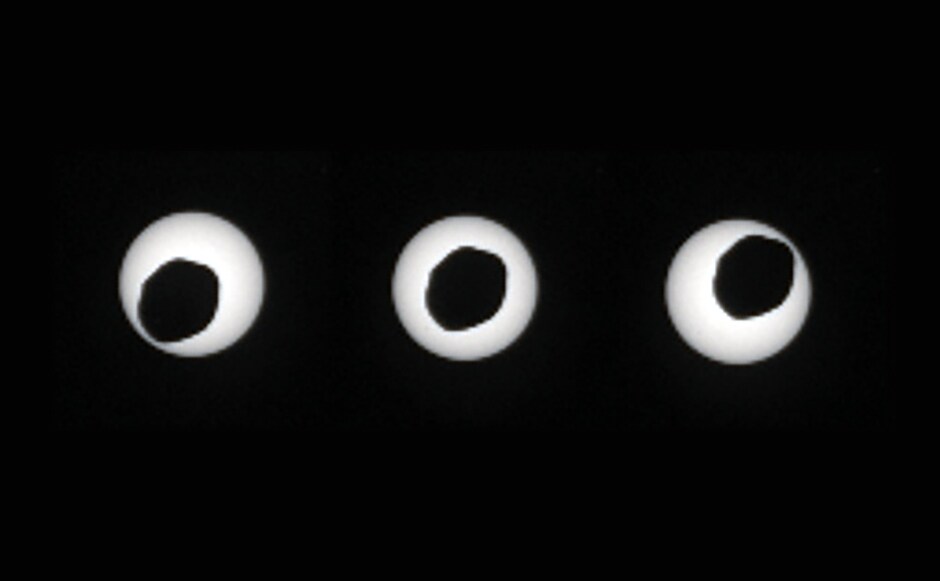 This is an annular eclipse of the Sun, with the Martian moon Phobos in the front, as seen by Curiosity. Image: NASA.[/caption] [caption id=“attachment_3914247” align=“alignnone” width=“940”] 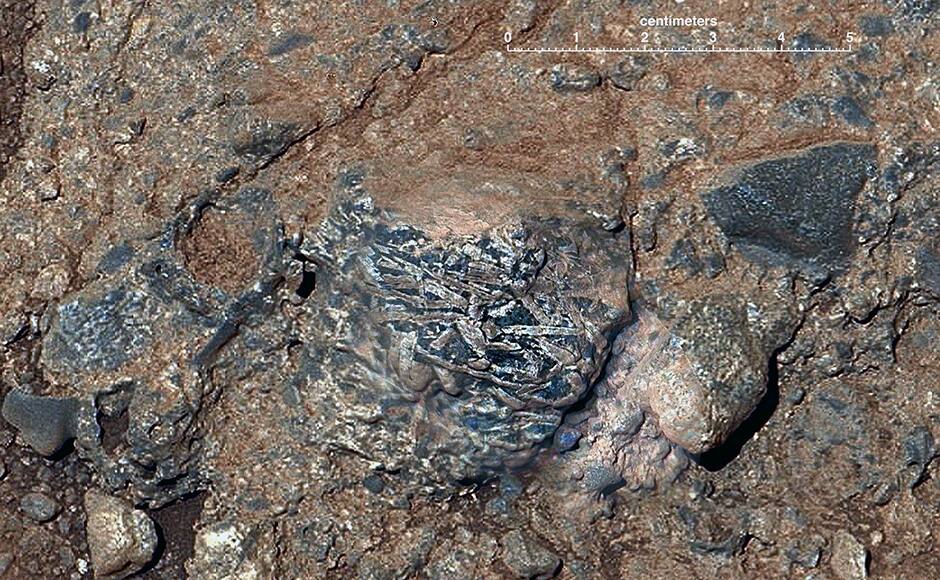 A rock on Mars that has been named “harrison”. Image: NASA.[/caption] [caption id=“attachment_3914249” align=“alignnone” width=“940”] 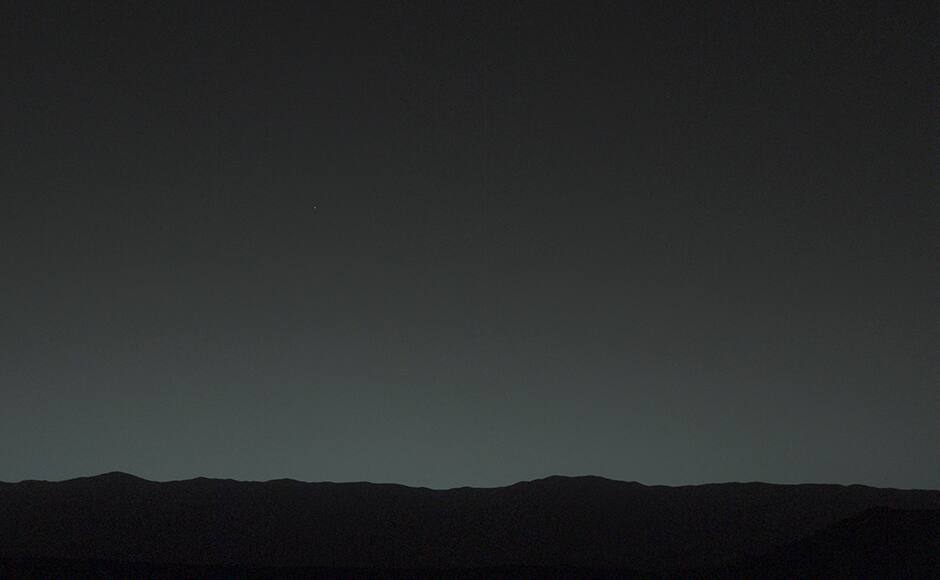 The Earth is the evening star in the skies of Mars. Image: NASA.[/caption] [caption id=“attachment_3914251” align=“alignnone” width=“940”] 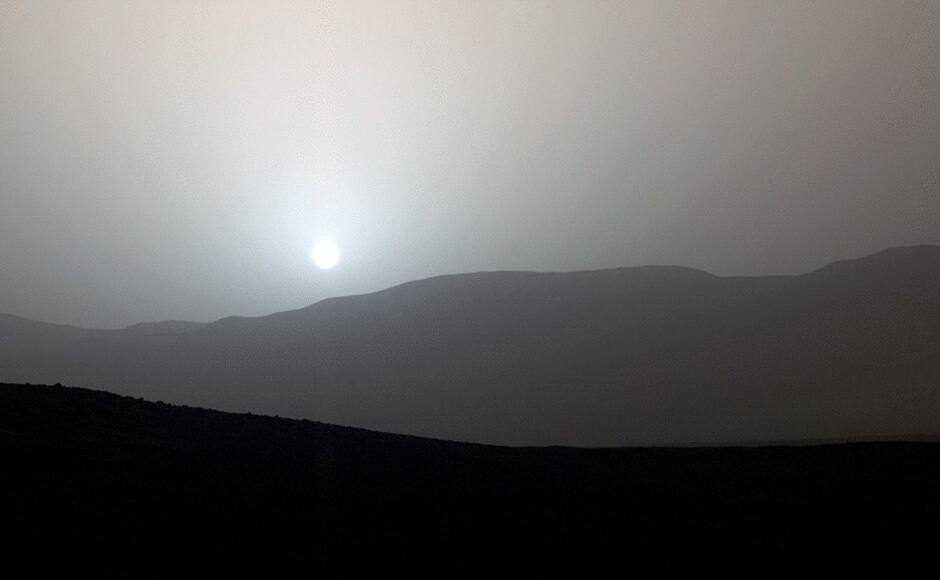 A Martian sunset. Image: NASA.[/caption] [caption id=“attachment_3914253” align=“alignnone” width=“940”]  A planet panorama selfie by Curiosity. Image: NASA.[/caption] [caption id=“attachment_3914255” align=“alignnone” width=“940”]  These are veins of minerals on Mount Sharp. Image: NASA.[/caption] [caption id=“attachment_3914259” align=“alignnone” width=“940”] 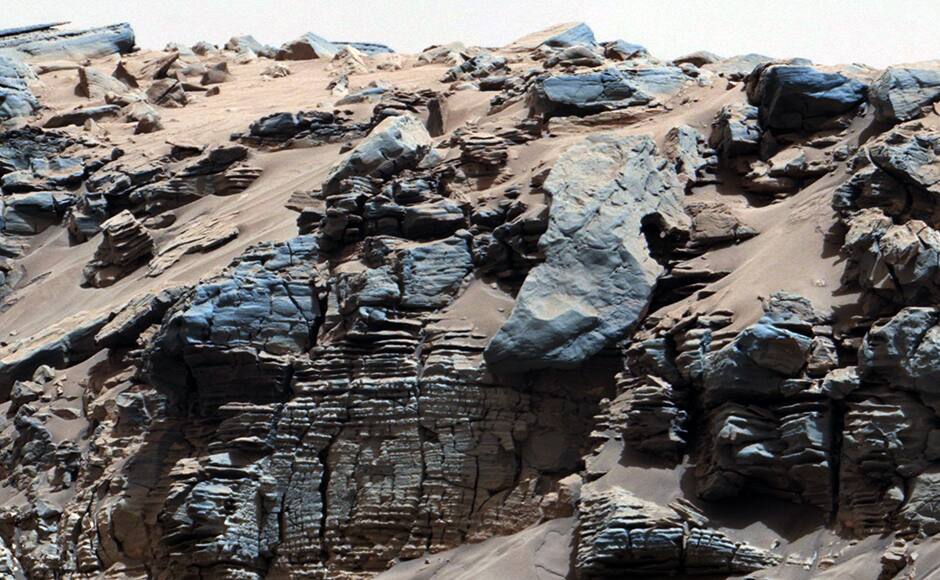 These are signs of sediment deposit on what was once a Martian lakebed. Image: NASA.[/caption] [caption id=“attachment_3914261” align=“alignnone” width=“940”]  This is a selfie that curiosity clicked at the Windjana pitstop. Image: NASA.[/caption] [caption id=“attachment_3914263” align=“alignnone” width=“940”]  Another selfie curiosity snapped at the Murray Buttes. Image: NASA.[/caption] [caption id=“attachment_3914265” align=“alignnone” width=“940”]  The Namib sand dune on Mars, the patterns are caused by winds. Image: NASA.[/caption] [caption id=“attachment_3914267” align=“alignnone” width=“940”] 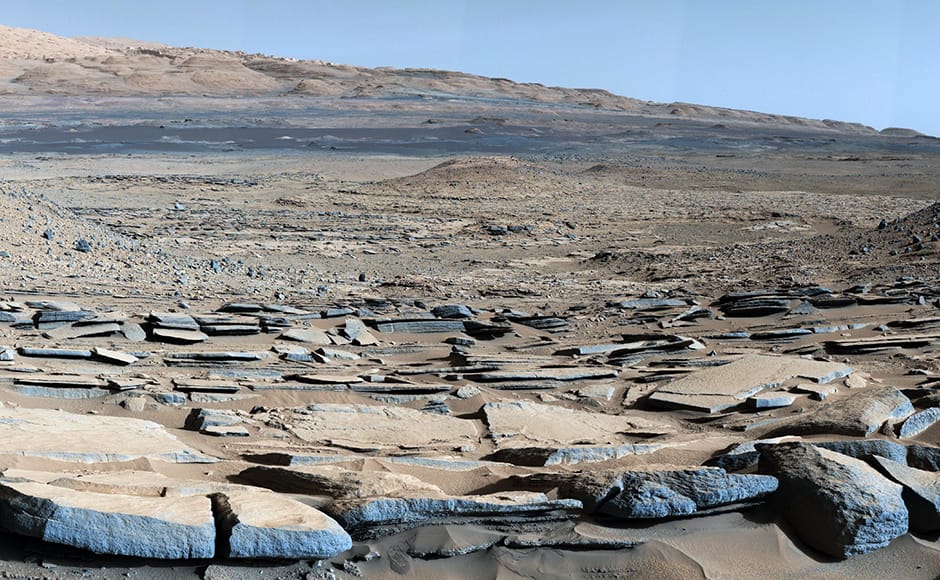 The base of Mount Sharp. Image: NASA.[/caption] [caption id=“attachment_3914269” align=“alignnone” width=“940”]  This location is known as the Garden City. Veins of minerals can be seen. Image: NASA.[/caption] [caption id=“attachment_3914271” align=“alignnone” width=“940”] 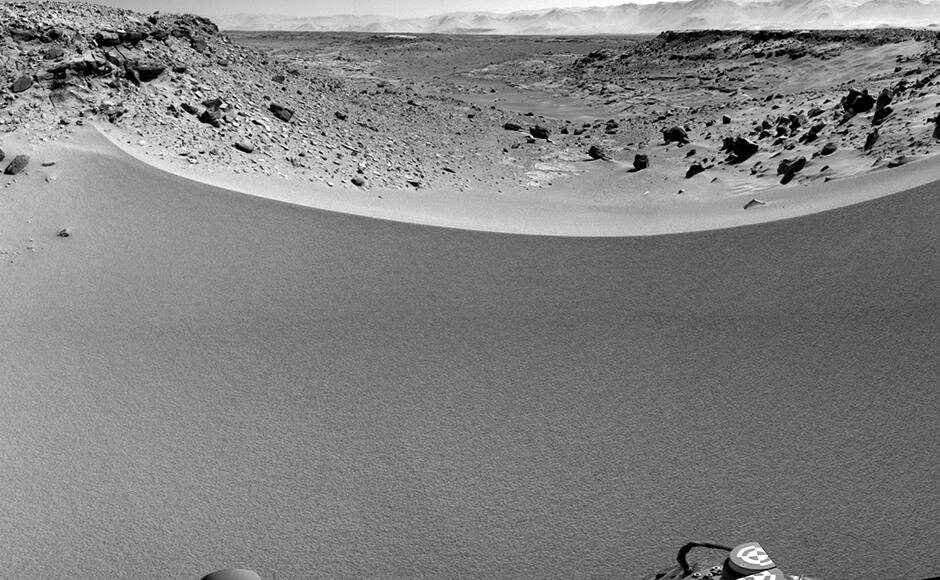 This is Curiosity looking past a sand dune at the Dingo gap. Image: NASA.[/caption] [caption id=“attachment_3914273” align=“alignnone” width=“940”]  This is the west rim of the Endeavor Crater. Curiosity’s tracks can be seen towards the bottom right corner. Image: NASA.[/caption] [caption id=“attachment_3914275” align=“alignnone” width=“940”]  An image of the Yellowknife bay formation. Image: NASA.[/caption]
NASA’s Curiosity rover which found that that Mars had the right chemistry to support living microbes has marked five years of exploring the Red Planet.
Advertisement
End of Article


)
)
)
)
)
)
)
)
)



